A special niche in the clan of home flower lovers is occupied by orchidists - specialists in breeding, growing orchids of the most exotic colors and sizes. These flowers are moody, finicky in care and are not always ready to please the owners with flowering. And to get the long-awaited flowers from them, you need to work hard. But here, too, a surprise awaits the owners of unusual flowers: a flower peduncle that has been released for such a long time can break off.
Content
The main reasons for the destruction of peduncles in orchids
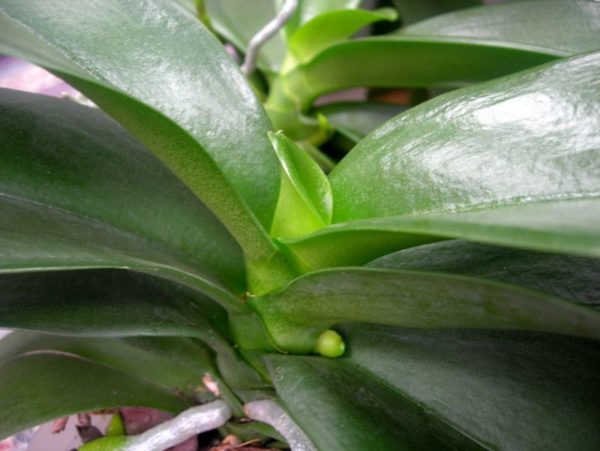
Inexperienced orchidists sometimes ignore the fact that before flowering, you must immediately tie up the arrow with the buds and direct it in the right direction. In phalaenopsis, the arrow comes out from under the bottom sheet and can continue to grow parallel to the floor. If it is not tied to the support in time, it will soon break due to the weight of the buds and flowers. The support is inserted into the pot as soon as the peduncle appears, and fasten it to the support with hooks that do not interfere with further blooming of the flowers. Such a fixation allows not only to reduce the stem of the peduncle to zero, but also to control the direction of the growing shoot.
But there are a number of subjective causes of damage to arrows with buds. It:
- Poorly chosen place, crampedness. To get to each plant you need to move the pots, and orchids do not like to be bothered. Rearrangement of pots from place to place increases the risk of harm to the flower stalk.
- The presence of pets in the house. Cats drop flower pots on the floor, damage leaves and arrows with buds and flowers. Pets need to limit access to the room with orchids.
The arrow broke
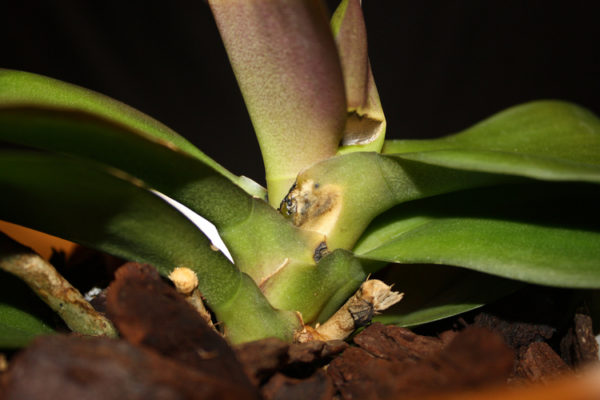
If a plant has a broken peduncle, or its tip, inspect the site of the break. It makes no sense to leave an arrow hanging on one skin; it will dry out anyway. Clotting the wound with tape or tape does not work. The broken off part is removed in any situation. But, there are features of pruning depending on the place of damage.
If the orchid has a flower stalk broken, but there is a living kidney below the damage, then most likely it will wake up and the plant will release a new arrow from this bud. After all, phalaenopsis is already tuned to flowering. It will be more modest, but still please the owner. It is quite another thing when the peduncle broke off at the very base. In this case, the arrow will be cut off completely, it will still dry out, and the grower will have to wait until the orchid releases a new shoot.
Orchid cultivators believe that damaging the arrow and removing it does not harm the plant and does not affect its further development. One can even see some benefit in this. When removing a broken arrow, the owner stimulates the flower to throw out a stronger peduncle.
Pruning
Peduncle pruning is carried out with a sharp sterilized instrument in the following cases:
- Its damaged.When the peduncle is broken, it is cut off with a sharp, dense tool just above the first living kidney or at the base, if the arrow broke at the very bottom. The place of cut is sprinkled with dry cinnamon, finely ground with activated or charcoal.
- When the flower stalk has faded. In this situation, a slice is made over the first living kidney, rising up 1 cm.
- The arrow began to turn yellow and dry on top. A plant in this way shows that it does not need a peduncle. Pruning is performed over the lowest living kidney. After rest, the orchid will give a new shoot for flowering from this bud.
Flowering branch
Beginners, who first encountered the problem of a broken arrow, do not know what to do. If an orchid has a broken flower stalk with blooming flowers or swollen buds, it is cut off with a sharp clerical knife or a special device and put in water. The arrow with blossoming flowers is able to please the owner for 2 weeks to several months. And the best way to avoid breaking a flowering branch is to tie it to a support.
Orchid Restoration
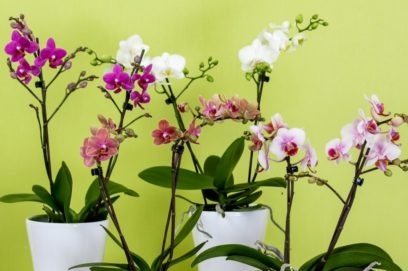
After damage and removal of the peduncle, the orchid needs a certain time for recovery, which can last from 2 months to 6. Most often, the recovery period is painless, and the orchid gives a new shoot with buds. But the owner needs to provide a green pet:
- suitable temperature conditions;
- lighting;
- air humidity.
Kidney Fading and Growth Stimulator
Sometimes orchidists stumble upon another problem and do not know what to do. The orchid has partially broken the peduncle, 1 or 2 buds remain, but they do not dry out and do not develop. For their awakening use cytokinin paste. In order not to destroy the kidney, but to give an impetus to its development, they perform actions in the following order:
- A toothpick or needle is treated with alcohol.
- Gently bend the scales that cover the kidney.
- Apply a drop of paste on the toothpick and cover the surface of the kidney with it.
- Provide a difference between night and day temperatures of 2-3 degrees.
- When two shoots appear from the kidney, one is removed, and the slice is sprinkled with crushed activated carbon.
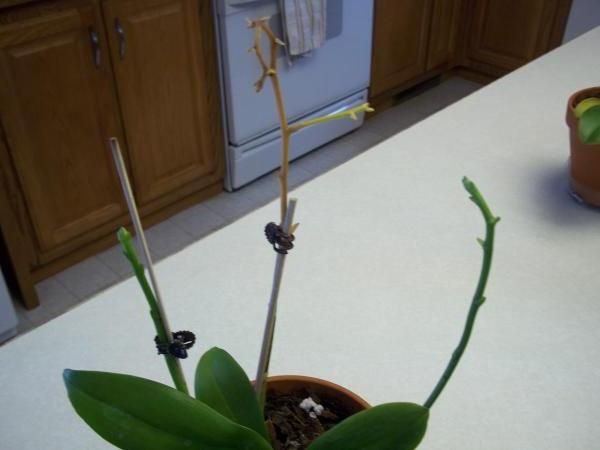 You may be interested in:
You may be interested in:Disease prevention
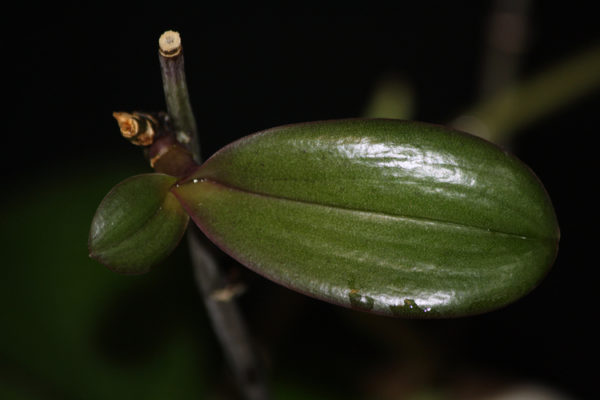
When growing their plants, orchidists sometimes encounter complete drying of the stem left from a broken branch. To prevent drying of the entire aerial part of the plant, the shoot is cut with a sharp clerical knife treated with alcohol or chlorhexidine. If part of the base is affected, it is cut to a healthy tissue. After the operating procedure, the cut is allowed to dry and sprinkled with crushed activated or charcoal to exclude germs through open wounds.
The second preventive measure to save the plant is the biological treatment of the aerial part of the flower. Their use will not harm either the flower, or the owner, or pets. Used for processing:
- phytosporin (alirin, gamair);
- mykosan;
- glycadine.
The preparations are bred according to the instructions and treat not only the green parts of the plant, but also the substrate in which the orchid is grown, since the main part of the fungal pathogens lives there, when they evaporate, they rise into the air and fall into open wounds. In this case, we are talking about saving the flower, and not about the formation of a new flower shoot.
Resuscitation of the root system
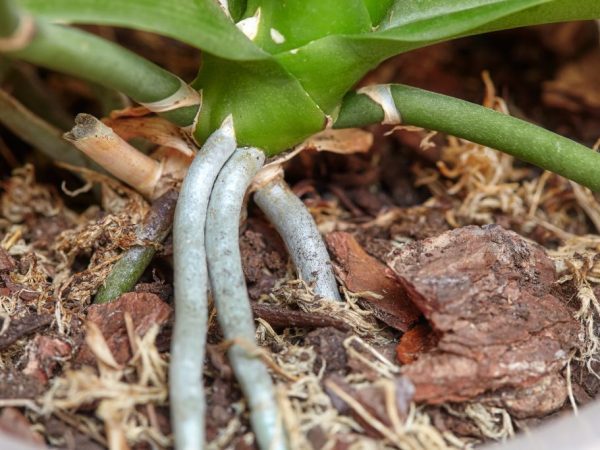
If, as a result of the actions taken, there is no improvement in the condition of the flower, but root decay has begun, then:
- leaves lose their elasticity, wrinkle, dry out;
- the plant does not hold well in the substrate and sways;
- the roots lose their green color and become slimy and black.
The main cause of rot is improper watering. Proper care contains an alternation of hydration with periods of drought. The reason is the special structure of the orchid roots, covered with a special layer on top called velamen. Its main function is the ability, like a sponge, to absorb moisture from air and substrate, and if excess is observed, and aeration is poor, and there is no drain to remove excess water, then velamen begins to sour and decompose.
An orchid with suspected rotting of the root system is immediately removed from the container and the roots examined. Resuscitation procedures are carried out in several stages:
- All slimy, blackened are removed to a healthy tissue. This can be seen by the light section. If there are flower shoots, they are removed.
- Disinfect and dry sections. Several crystals of potassium permanganate are dissolved in pure water until a pink solution is obtained.
- For 3 minutes, the root system is immersed in the solution.
- Then the plant is laid out on a towel to dry.
- Slices are treated with cinnamon, crushed with activated or charcoal, brilliant green.
- Leave for several hours to completely dry the wounds.
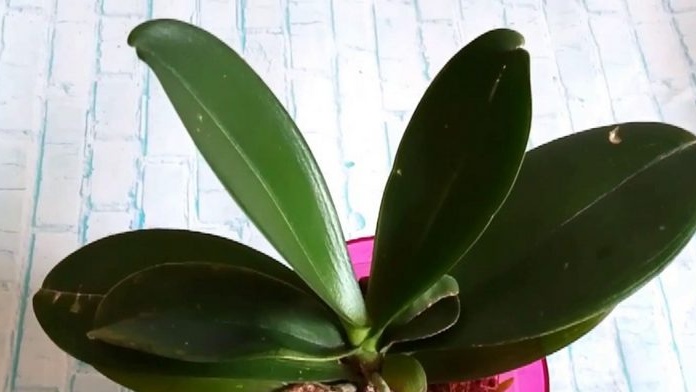 You may be interested in:
You may be interested in:Growing New Roots
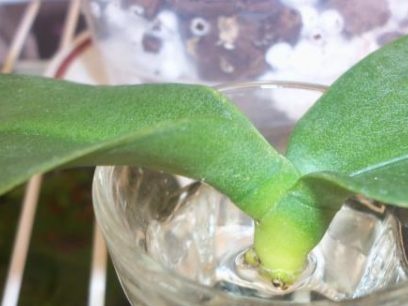
The next step in saving the orchid is to choose the conditions for building up a new root system. And the main task is to stimulate the orchid for root formation. There are 2, fundamentally different from each other, ways:
- Conditionally wet. It is used in cases where the plant has lost all roots.
- Conditionally dry. Used when part of the roots is saved.
Conditionally wet method
Sphagnum moss spilled with water is placed in a container or glass jar. A plant is placed above it so that the base of the root neck does not reach the level of moss by several millimeters. The greenhouse is covered with a plastic bag on top.
Conditionally dry method
In this method of growing the root system, a vessel (container, glass jar) is used, on the bottom of which pure dry bark is poured. An orchid is planted in it and covered with a lid with ventilation holes. Leave unchanged for 3-5 days. Next, begin a careful and accurate watering along the edge of the tank. About a month later, young roots appear.
Containers for growing

A variety of containers are suitable for creating greenhouses. The main thing that is necessary for resuscitation of orchids is light, the presence of ventilation holes, the same ambient temperature. As such greenhouses use:
- glass jars;
- 5 liter bottles cut into 2 parts;
- old aquariums;
- food plastic containers.
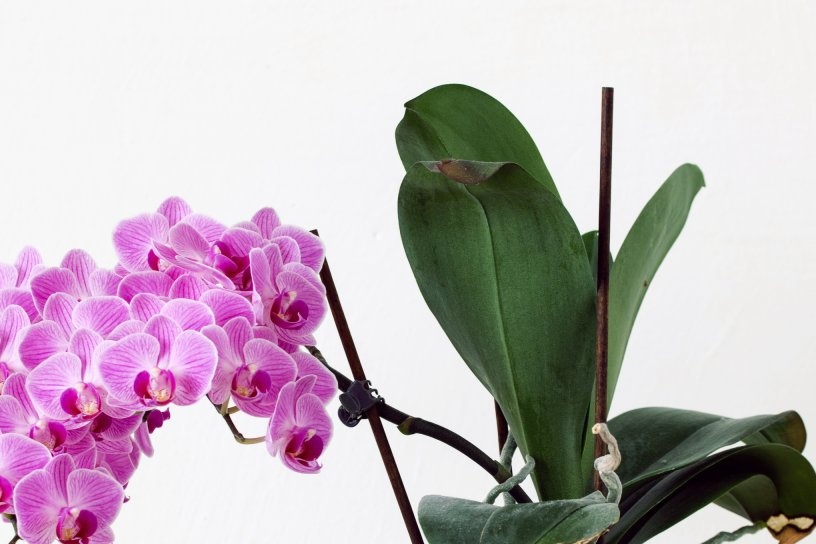 You may be interested in:
You may be interested in:Orchid is one of the most capricious and mysterious flowers, but with skillful care for it, it thanks the flowering, lasting up to 6 months. Therefore, gardeners who have achieved the flowering of orchids at home are considered professionals in their field.They are able to provide the plant with such care that phalaenopsis releases and is able to provide food for more than 3 shooters at the same time.

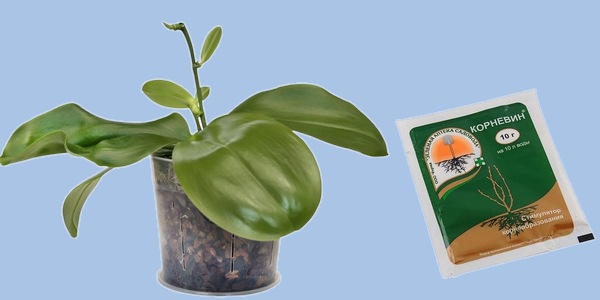
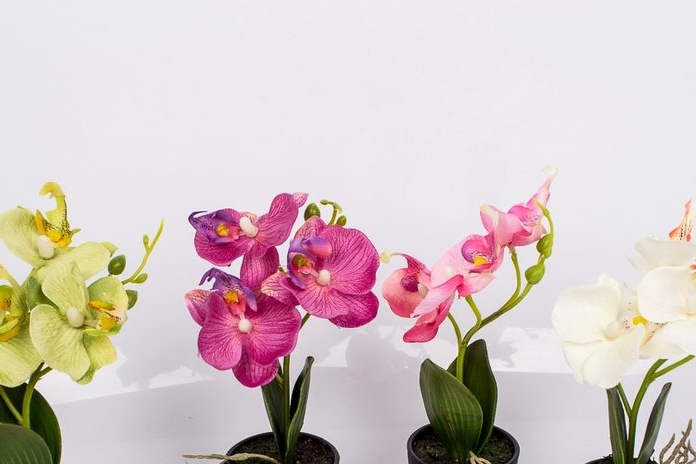
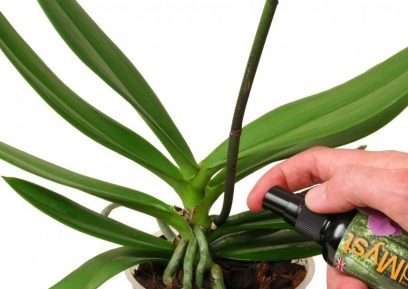
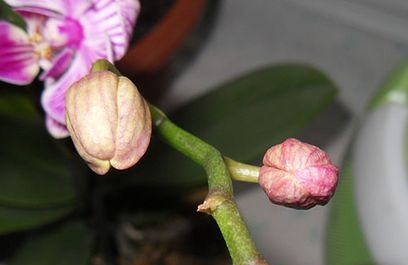 Reasons why orchids fall flowers and what to do
Reasons why orchids fall flowers and what to do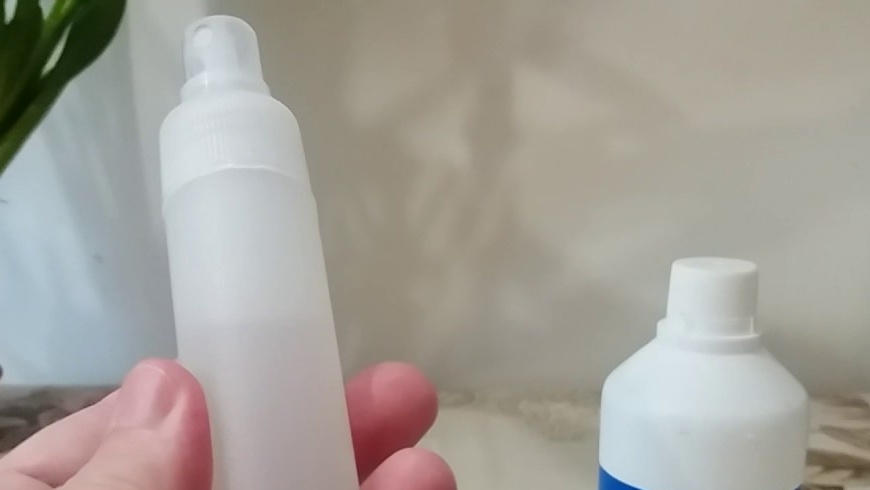 How to use hydrogen peroxide for orchids and why
How to use hydrogen peroxide for orchids and why Midges are wound up in the orchid: effective ways to get rid
Midges are wound up in the orchid: effective ways to get rid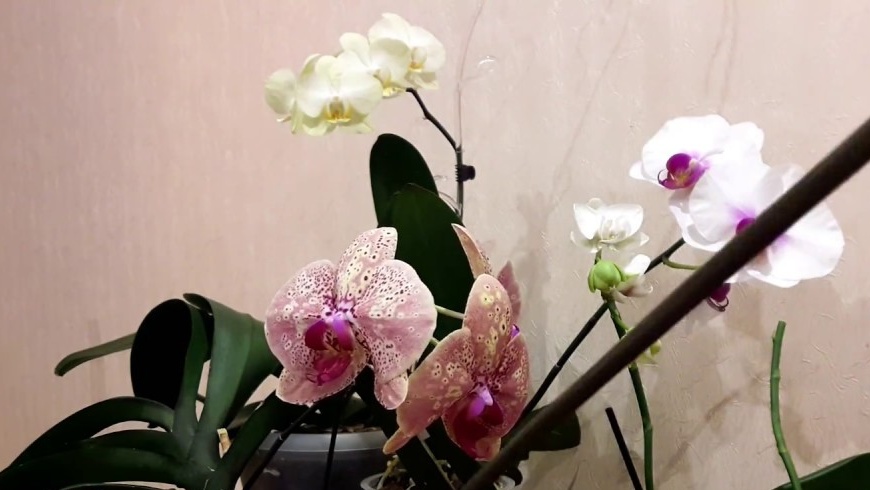 Is it possible to transplant an orchid during flowering
Is it possible to transplant an orchid during flowering
Irina
Test comment
Anastasia
Reply to comment